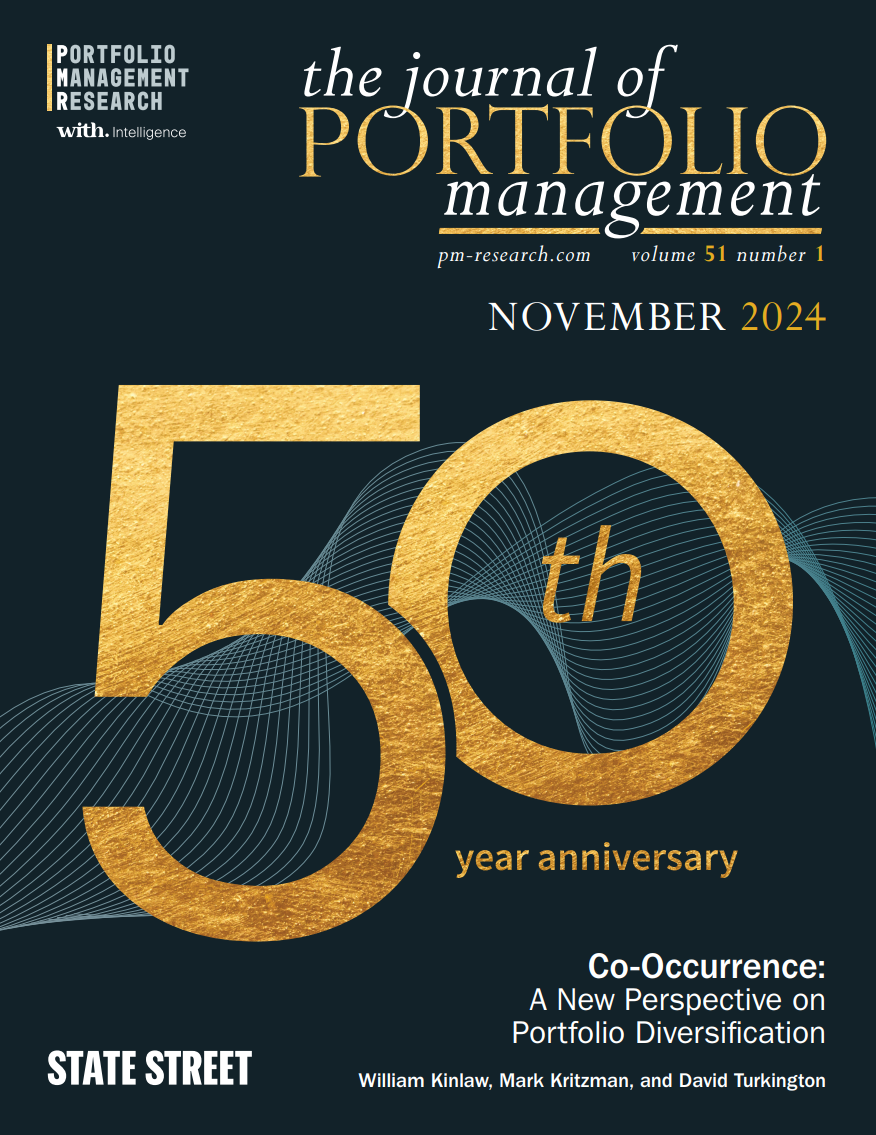By William Kinlaw, Mark Kritzman, and David Turkington
Conventional statistics hide important realities that investors need to know.
The correlation coefficient often fails to capture what really matters to investors. There are two reasons for this. First, investors often measure correlations using monthly data and assume that they also hold over one-year, five-year or ten-year periods. Unfortunately, in the real world, they often don’t. The second reason has to do with a fundamental misconception about diversification. The fact is, investors don’t always want it. Sure, they want it on the downside, in order to offset the poor performance of one or more assets. But on the upside they prefer all assets to rise in unison, which is the opposite of diversification. Put differently, they’d be happy to place their eggs, conveniently, in a single basket provided nobody steals it. Our research shows that correlations can vary through time based on a range of conditions including the level of interest rates, the degree of turbulence in financial markets, and the performance of major equity markets. Overall, our findings challenge the notion that returns evolve as a simple “random walk,” a critical pre-condition without which we must interpret the correlation coefficient distrustfully. To address these issues, we introduce the notion of co-occurrence and offer a new perspective on how investors should diversify portfolios.

